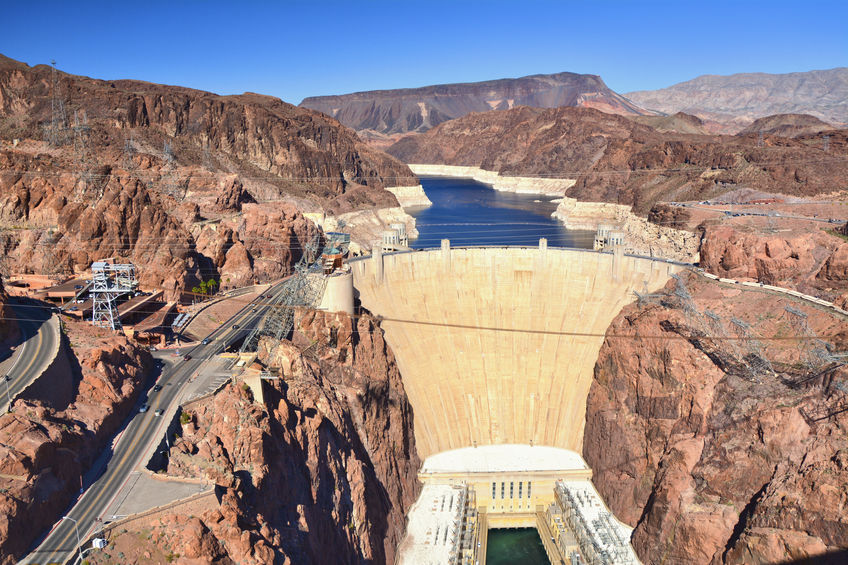CFACT’s recent article “What’s the Dam Deal?” by Grace Cancelmo raises important questions about expanding the use of dams for hydropower and other useful purposes. The US Energy Department (DOE) has done some interesting research on this topic, because dams are already our biggest renewable energy source, by far. Increased interest in mitigating droughts and floods also points to dams as a possible strategy, so I decided to look into the potential for increasing the use of dams in America.
As Cancelmo points out, there are already a great many dams, with over 90,000 listed in the National Inventory of Dams. The Inventory started in 1972 with 45,000 dams (I was involved in creating it, as a junior engineer) so we have doubled since then.
Very few of these dams have hydropower capacity, so the first thing to look at is adding that capability. After all, the dam is already there, so the cost is minimal compared to building a new hydro dam.
However, every existing dam already has one or more purposes, so its ability to handle hydro generation may be limited. Let’s quickly look at the main purposes and how well they might handle hydro.
To begin with, there are two basic types, namely those with the ability to store a lot of water for future use and those that cannot do that for one reason or another. They can all still generate power, but the ones without storage can only do so when the water happens to be there. In this respect they are like wind and solar power, which is unpredictably intermittent.
Two of the principle no-storage types are navigation and recreation dams. A number of the major U.S. rivers have been what is called “canalized,” which means they have a series of locks and dams so that boat traffic, especially freight barges, can use them. These are navigation dams. They do not store water but there is a big river flowing over them so pretty good hydro potential.
A lot of the smaller dams in the Inventory are built for recreation, especially boating and fishing. These reservoirs will have houses and docks built around them, so the water level has to stay pretty constant. This means they cannot store a lot of water, and then release it later to generate power, because this causes a large variation in water level. But if there is a good stream or river flowing through then it can be used to generate hydro, when it is flowing well.
Those with storage can wait until the power is needed, which makes their power more valuable. However, whether they will have water to store, or to spare once stored, will still be unpredictable, as it depends on how much precipitation occurs and when it happens. Three common types of dam with potential storage capacity are those for flood control, municipal water supply and irrigation water supply.
Back in 2012, DOE’s Oak Ridge National Laboratory did an assessment of the potential for adding hydro to America’s non-powered dams. The numbers are pretty large.
The study estimates that the nation has over 50,000 suitable non-powered dams with the technical potential to add about 12,000 megawatts (MW) of hydropower capacity. The 100 largest capacity facilities—primarily locks and dams on the Ohio, Mississippi, Alabama, and Arkansas rivers operated by the U.S. Army Corps of Engineers—could provide 8,000 MW of power combined.
Note that there are 10,000 more dams now then back then. Also, this study did not consider increasing the power capacity of existing hydro generating facilities.
In short there is significant potential for adding hydropower capacity to America’s existing dams.
